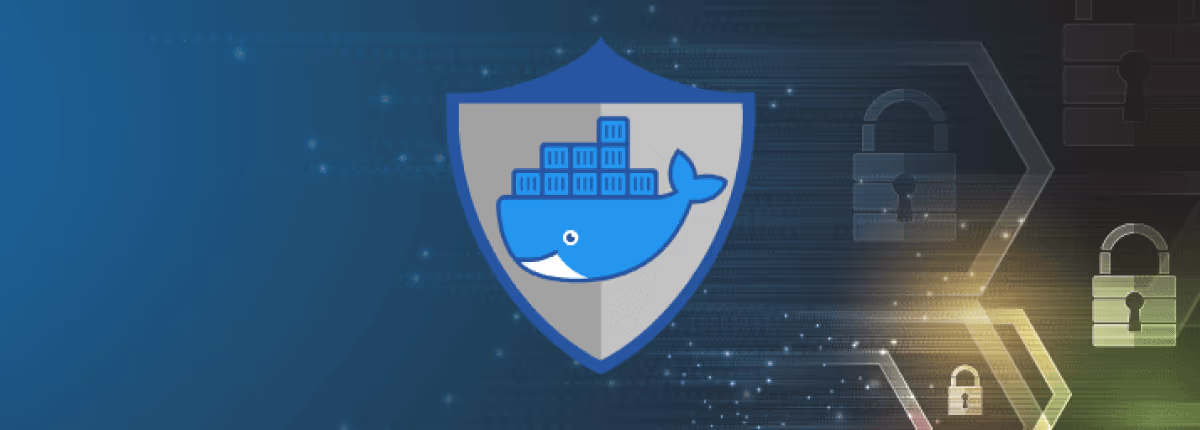Securing Docker Containers: Best Practices and Practical Examples
 Saurabh Adhau
Saurabh Adhau
Docker revolutionized containerization, making it easier to package and deploy applications. However, ensuring the security of Docker containers is crucial to prevent vulnerabilities and protect sensitive data. In this article, we'll explore best practices for securing Docker containers, along with practical examples to illustrate each point.
1. Introduction
1.1 Understanding Docker Security Concerns
While Docker offers isolation, security concerns arise due to misconfigurations, vulnerable images, and the potential for privilege escalation within containers.
1.2 Importance of Container Security
Securing Docker containers is vital to protect against unauthorized access, data breaches, and the compromise of critical applications. Adopting security best practices ensures a robust defense against potential threats.
2. Docker Security Best Practices
2.1 Use Official Images
Always use official images from trusted repositories like Docker Hub. Official images are regularly maintained and scanned for security vulnerabilities.
2.2 Regularly Update Base Images
Frequently update your base images to include the latest security patches. Staying current with base images helps mitigate known vulnerabilities.
2.3 Minimize Container Privileges
Limit container privileges by running processes as non-root users and avoiding the use of the --privileged flag. This minimizes the impact of potential security breaches.
2.4 Implement Container Scanning
Use container scanning tools like Anchore to analyze container images for vulnerabilities. Integrate scanning into your CI/CD pipeline to catch issues early in the development process.
2.5 Limit Resource Usage
Apply resource limitations on containers to prevent resource abuse. Use the --memory and --cpu flags to restrict container access to system resources.
2.6 Secure Docker Daemon
Secure the Docker daemon by enabling TLS authentication, using strong passwords, and restricting access to the Docker socket. This prevents unauthorized access to the host system.
2.7 Network Security
Leverage Docker's networking features to isolate containers. Use user-defined bridge networks and network policies to control traffic between containers.
2.8 Monitor Container Activities
Implement logging and monitoring to track container activities. Tools like Prometheus and Grafana can provide insights into container behavior and potential security incidents.
3. Practical Examples
3.1 Using Official Images
# Bad practice
FROM ubuntu:latest
# Good practice
FROM nginx:latest
Always use official images when possible to benefit from regular updates and security patches.
3.2 Updating Base Images
# Bad practice
FROM node:10
# Good practice
FROM node:14
Regularly update base images to include the latest security fixes.
3.3 Implementing User Privileges
# Bad practice
USER root
# Good practice
USER node
Run processes within containers as non-root users to minimize privileges.
3.4 Container Scanning with Anchore
services:
anchore:
image: docker.io/anchore/anchore-engine:v0.9.2
ports:
- "8228:8228"
environment:
ANCHORE_ENGINE_ADMIN_PASSWORD: "your_password"
Integrate Anchore for container scanning in your Docker Compose file.
3.5 Resource Limitations
docker run --memory 512m --cpu 0.5 -d your_image
Limit memory and CPU usage for containers to prevent resource abuse.
3.6 Securing Docker Daemon
dockerd --tlsverify --tlscacert=ca.pem --tlscert=server-cert.pem --tlskey=server-key.pem -H=0.0.0.0:2376
Secure the Docker daemon with TLS authentication to control access.
3.7 Network Security with Docker Networks
services:
app:
image: your_image
networks:
- backend
networks:
backend:
Use user-defined networks to isolate containers and control network traffic.
3.8 Monitoring Container Activities
docker logs -f your_container_id
Monitor container
logs for insights into container activities.
4. Conclusion
Securing Docker containers is a multifaceted process that involves a combination of best practices, tools, and continuous vigilance. By following the outlined best practices and incorporating practical examples, you can enhance the security posture of your Dockerized applications. Regularly assess and update your security measures to adapt to evolving threats and ensure the resilience of your containerized environments. Adopting a security-first mindset empowers developers to harness the benefits of Docker without compromising on the safety of their applications. 🛡️🐳
Subscribe to my newsletter
Read articles from Saurabh Adhau directly inside your inbox. Subscribe to the newsletter, and don't miss out.
Written by

Saurabh Adhau
Saurabh Adhau
As a DevOps Engineer, I thrive in the cloud and command a vast arsenal of tools and technologies: ☁️ AWS and Azure Cloud: Where the sky is the limit, I ensure applications soar. 🔨 DevOps Toolbelt: Git, GitHub, GitLab – I master them all for smooth development workflows. 🧱 Infrastructure as Code: Terraform and Ansible sculpt infrastructure like a masterpiece. 🐳 Containerization: With Docker, I package applications for effortless deployment. 🚀 Orchestration: Kubernetes conducts my application symphonies. 🌐 Web Servers: Nginx and Apache, my trusted gatekeepers of the web.